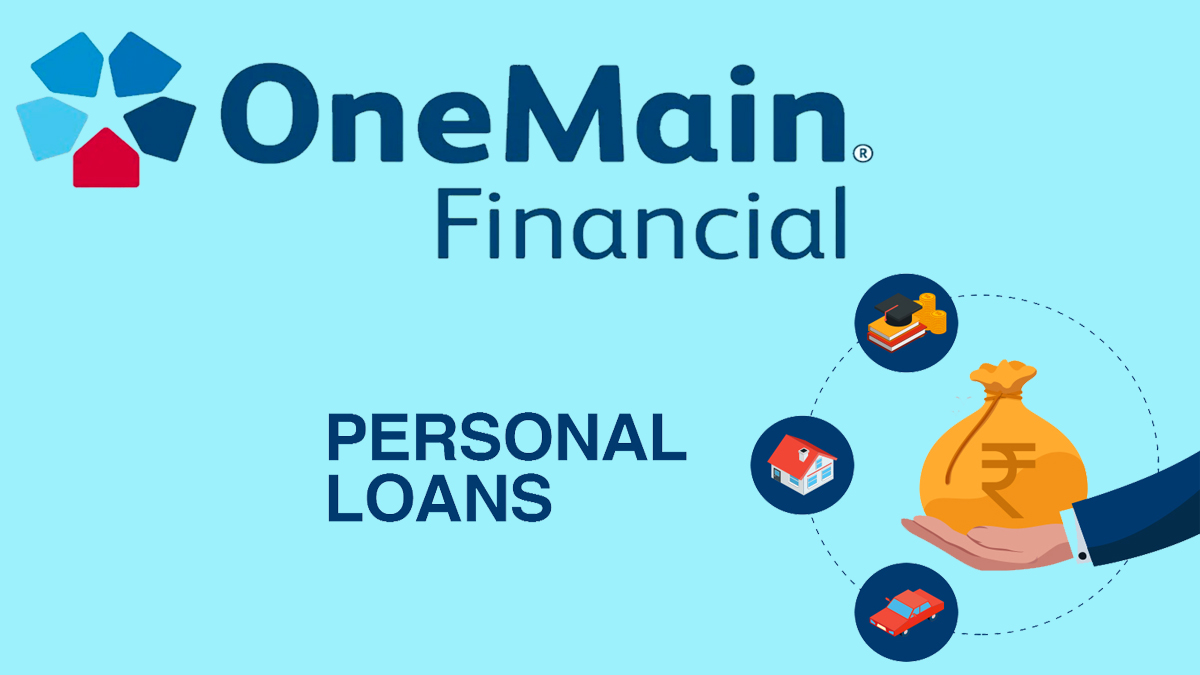What is an amortized loan? An amortized loan is a type of financing where you gradually pay off your debt over a specific period. With this repayment plan, you make regular payments, typically monthly, that cover both the interest and a portion of the principal balance.

As you continue to make payments, more of each payment goes towards reducing the principal amount owed. However, this continues until the loan repayment completion. Amortized loans find frequent applications in mortgages, auto financing, and personal lending.
How It Works
An amortized loan’s interest rate is calculated based on the most recent closing balance of the loan. As payments are made, the amount of interest owed decreases because the payment typically exceeds the interest amount, reducing the principal and, consequently, the balance on which the interest is calculated.
As the interest component of an amortized loan decreases, the principal portion of the payment increases, showcasing an inverse correlation between interest and principal throughout the loan’s duration.
The process of amortizing a loan involves several calculations. Initially, the current loan balance is multiplied by the interest rate for the current period to determine the interest due.
Subtracting this interest from the total monthly payment reveals the principal amount paid during the period.
This paid principal amount is then deducted from the outstanding loan balance, resulting in the new balance. This updated balance is then used to calculate the interest for the subsequent period.
Types of Amortized Loans
The majority of consumer credit and a significant portion of corporate credit are amortizing in nature. The following types include:
Mortgage Loans
These are loans secured by real estate. Residential mortgages commonly have a 25- to 30-year amortization period, while commercial mortgages typically range between 15 and 25 years, depending on the specifics of the property.
Auto Loans
Credit extended for purchasing vehicles generally follows an amortizing structure. Auto loans typically have a 5- to 8-year amortization period.
Business And Commercial Loans
Various forms of debt financing to support commercial activities, such as asset acquisition, often involve amortization through periodic installment payments.
Amortized And Unamortized Loans
With an amortized loan, the borrower gradually reduces the principal balance over the loan’s term. Each monthly payment consists of portions allocated to both interest and the loan principal.
Compared to an unamortized loan with the same amount and interest rate, monthly payments on an amortized loan are higher.
In an unamortized loan, the borrower only pays interest during the loan term. Sometimes, an unamortized loan requires a final balloon payment for the entire principal at the end of the loan period.
However, while monthly payments are usually lower with unamortized loans, the lump-sum nature of balloon payments requires careful planning and saving.
Therefore, borrowers may opt to make extra payments during the loan term to reduce the principal amount. Examples of typical unamortized loans include:
- Interest-only loans
- Credit cards
- Home equity lines of credit
- Loans with balloon payments (like mortgages)
Loans allow for negative amortization, where monthly payments are insufficient to cover the accrued interest for the same period.
What Is An Amortization Schedule?
An amortization schedule for a loan illustrates how each monthly payment is divided into principal and interest until the loan is fully repaid. In fixed loans, the monthly principal payment remains constant throughout the loan term.
Initially, a significant portion of each payment covers the interest, while later payments primarily reduce the principal. A typical amortization schedule includes the following:
Loan Details
Loan details include the total loan amount, the duration of the loan term, and the applicable interest rate.
Payments
The payment amounts indicate how frequently payments are made. Monthly payments are typically the norm for most loans.
Total Loan Payments
Total loan payments refer to the overall number of payments anticipated throughout the loan’s duration.
Loan Principal Payment
The portion of each monthly payment is allocated to reducing the loan principal. This figure increases with each payment.
Interest
The portion of each monthly payment dedicated to covering the interest portion of the loan decreases gradually over the lifespan of the loan.
Outstanding Balance
The outstanding balance denotes the remaining amount of the loan after each scheduled payment has been made.
Certain amortization tables may feature an additional column for extra payments, accommodating payments made above the minimum monthly amount.
Conclusion
Amortized loans allocate payments towards both the principal and interest amounts simultaneously. Moreover, you have the option to make additional principal payments, which can help reduce your overall loan balance within the terms of your loan agreement.
Lastly, using an amortization calculator can offer valuable insights into the distribution of payments between interest and principal for different loan options.
.



